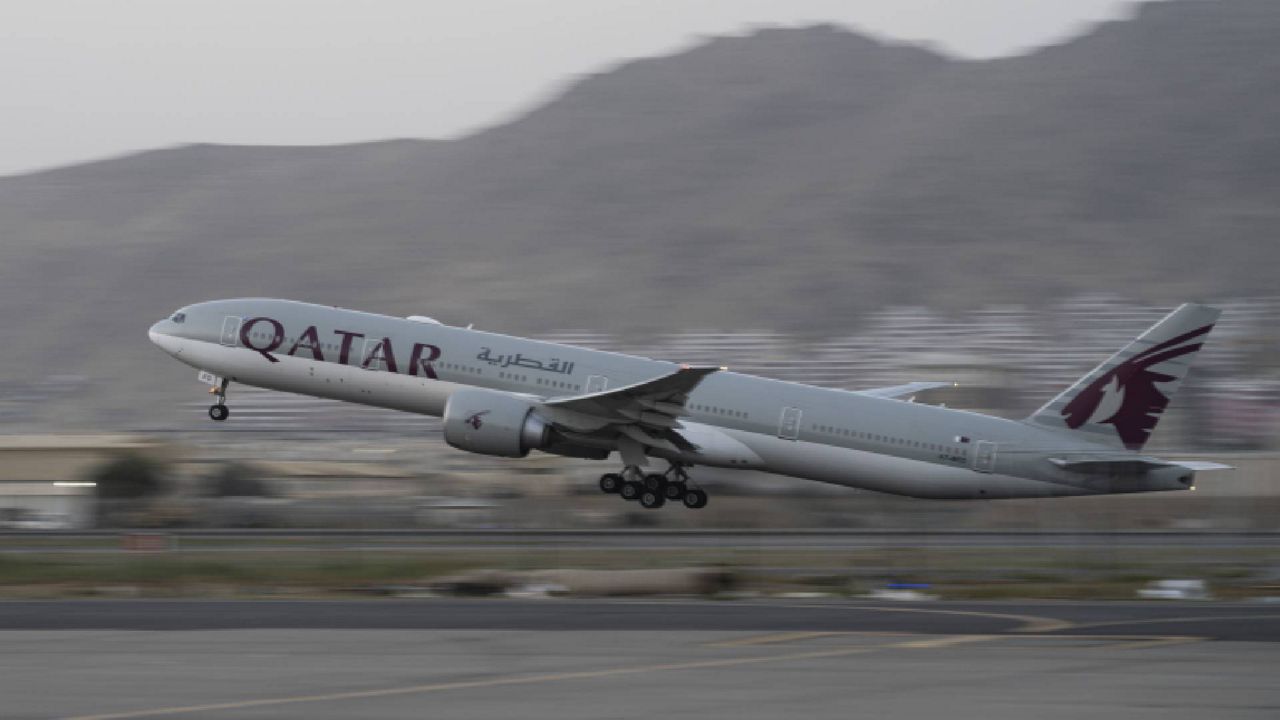The U.S. is still working to relocate Americans, permanent residents and some Afghans still inside Afghanistan, a senior State Department official outlined Monday, despite several challenges to those efforts, including a small measles outbreak among evacuees that prompted a pause on flights and a vaccination campaign.
The roadblocks exist as at least 100 Americans and U.S. residents were ready to leave the country as of Monday on rare commercial and charter flights. Citizens and residents remain the State Department’s priority for relocation.
For Afghans already evacuated, the measles outbreak among some who arrived in the U.S. became a “huge challenge,” the senior official said, especially to prevent a larger outbreak among the thousands of evacuees.
U.S. officials first discovered six cases of measles, which led to a new effort to administer the measles vaccine and an indefinite pause on flights from international military bases and other in-between locations hosting evacuees on their way to the United States.
“On a crash basis, the U.S. government has undertaken essentially a mass vaccination campaign for everybody who’s not been vaccinated,” the State Department official added Monday.
Flights are still paused as newly vaccinated people build up immunity to the measles virus over the course of 21 days, per Centers for Disease Control and Prevention guidance.
Meanwhile in Afghanistan, the State Department is still working to facilitate flights of people who wish to leave, which currently includes approximately 100 U.S. citizens and residents “ready to go,” a department official said Monday.
But the U.S. is still facing hurdles, including the unpredictability of the Taliban in allowing safe passage, a lack of operating commercial flights and a lack of insight into who is getting on private charter flights and where they’re ending up.
Commercial flights on Qatar Airways planes are happening on an “exceptional basis,” a senior official said, meaning that “"without regular service, there's no predictability to when flights operate."
So far, at least 85 U.S. citizens and 79 residents have left Afghanistan with government assistance since the military departed on Aug. 30, though more may have left on charter flights or by land without officials’ knowledge.
In order to get more people out, the U.S. government is continuing its engagement with the Taliban to press them to allow free movement in and out of the country.
“Our message to the international community is that any legitimacy or support that might flow to the Taliban depends on them meeting commitments they’ve made in key areas,” Secretary of State Antony Blinken said on Thursday while in New York City for the United Nations General Assembly. “Allowing foreign nationals and Afghans to travel outside the country, if they wish.”
The State Department has not outlined details of how or when they would ensure safe passage of Afghans who worked for the U.S. military or other entities, many of them interpreters.
There were thousands left behind when the U.S. departed on Aug. 30. Many had applied for a Special Immigrant Visa (SIV) to come to the United States, which they qualify for due to their past work.
For now, the U.S. is prioritizing American citizens, legal permanent residents and people who already received their SIV, a senior State Department official said Monday.



